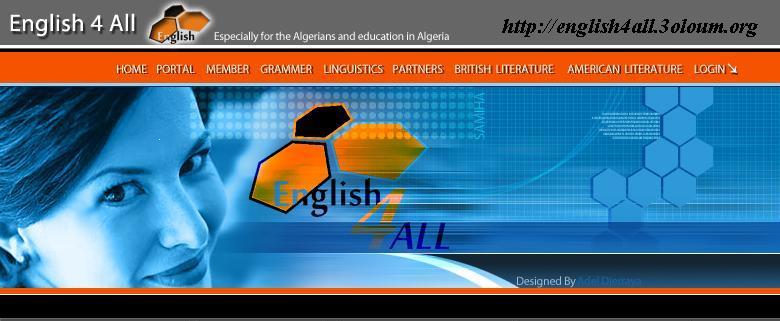Samiha
Admin

عدد المساهمات : 159
تاريخ التسجيل : 2010-01-23
العمر : 39
الموقع : https://english4all.forumarabia.com/
 |  Subject: Language,dialect and variation, sociolinguistic Subject: Language,dialect and variation, sociolinguistic  Thu Dec 19, 2013 8:39 pm Thu Dec 19, 2013 8:39 pm | |
| 
1. Language,Dialect and Variation Qurrotu Ainin Fitri Eka Ari Paranita Virlyah Zuanah
2. Sociolinguistic Variables• Variation ( linguistics )• Dialectology• Language and gender
3. Variety (linguistics)• In sociolinguistics a variety, also called a lect, is a specific form of a language or language cluster. This may include languages, dialects, accents, registers, styles or other sociolinguistic variation, as well as the standard variety itself.• Variation at the level of the lexicon, such as slang and argot, is often considered in relation to particular styles or levels of formality (also called registers), but such uses are sometimes discussed as varieties themselves.
4. Dialects• OGrady et al. define dialect as, "A regional or social variety of a language characterized by its own phonological, syntactic, and lexical properties. The term dialect is often associated with regional varieties of speech. In addition, though, there are dialect varieties associated with particular ethnic groups (sometimes called ethnolects), socioeconomic classes (sometimes called sociolects), or other social or cultural groups.
5. Registers and Styles• A register (sometimes called a style) is a variety of language used in a particular social setting. Settings may be defined in terms of greater or lesser formality, or in terms of socially recognized events, such as baby talk, which is used in many western cultures when talking to small children, or a joking register used in teasing or playing the dozens.
6. Idiolect• An idiolect is defined as "the language use typical of an individual person." An individuals idiolect may be affected by contact with various regional or social dialects, professional registers, and in the case of multilinguals , various languages.
7. generalinterchangeably,however, dia lect is often considered assub-variety of language. What is considered a language then?• Bell (1976) says that a language has the following criteria:• Standardization (codified/put into a system) which functions to unify individuals and groups, symbolize identity (regional, social, ethnic, or religious), give prestige to speakers, reduce or eliminate diversity and variety, assert independence• Vitality (the existence of a living community of speakers)• Alive and dead languages• Historicity (sense of identity)
8. • Autonomy (people feel their language is different)• Reduction (not necessarily to be the representative speakers of a language)• Mixture (speaker’s feeling of the purity of the language they speak)• De facto norms (speakers realize there are good and bad speakers) | |
|



